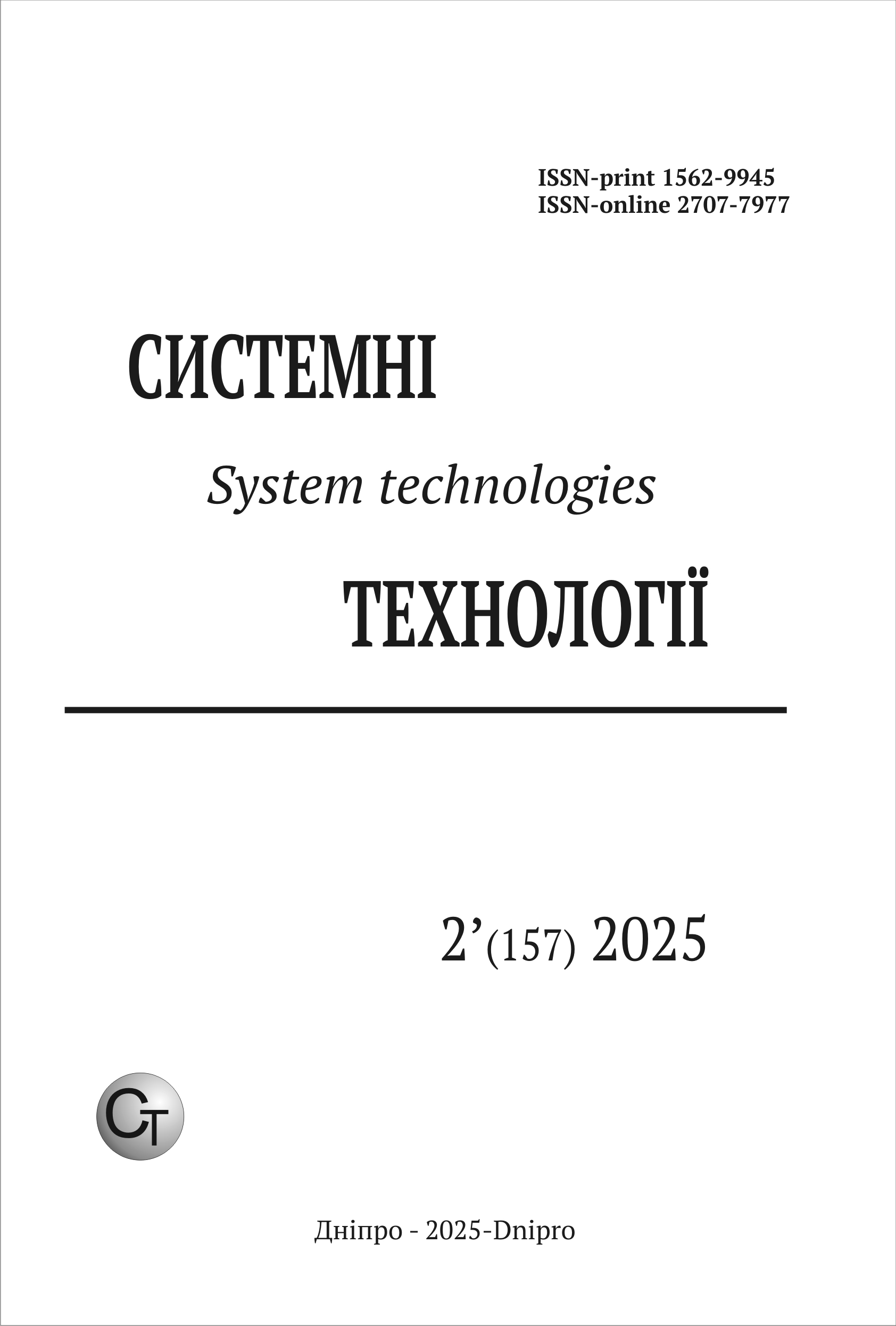Analysis of methods for increasing the level of automation in an aerodynamic product designer’s workplace
DOI:
https://doi.org/10.34185/1562-9945-2-157-2025-10Keywords:
automated workplace, aerodynamic product design, neural networks, PINNs, quantum computing, Navier-Stokes equations, 3D modeling, CFD.Abstract
Increasing the level of automation of production processes has always led to a signifi-cant increase in production efficiency, which in turn has caused the rapid economic develop-ment of society. The field of designing products with certain aerodynamic characteristics has many areas that ensure the production of a wide range of goods. Cars, airplanes, UAVs are the most popular areas that require complex and multi-level calculations to create products with such aerodynamic characteristics that are acceptable for the relevant tasks and pur-poses. In aerodynamics, the main mathematical apparatus is the Navier-Stokes equation, this is a partial differential equation (PDE), in addition, this equation is one of the unsolved "millennium problems". This shows how complex this field of production is from a computational point of view. Although it has already undergone automation at various stages, the phase of designing the aerodynamic shape of the product still requires the time of a narrowly specialized professional, because modeling products with the necessary characteristics still remains mostly a manual process. With the development of machine learning, these complex processes can be largely automated. This article presents a comparative analysis of various developments in the field of automation of aerodynamic product design. The introduction of technologies such as PINNs and quantum computing at different stages of aerodynamic product design, based on the results of the comparative analysis, was identified as the most promising direction for further research. The general architecture of an improved version of the information system of the automated workplace of the aerodynamic product designer is also proposed. In future research, this architecture may undergo appropriate changes and improvements.
References
Methods of representation of 3d objects for learning generative neural networks. Yevhenii Ruksov, Borys Moroz, Leonid Kabak, Dmytro Moroz. – Information Technology: Computer Science, Software Engineering and Cyber Security, 2024. – 12 p. DOI: https://doi.org/10.32782/IT/2024-1-8.
3D-R2N2: A Unified Approach for Single and Multi-view 3D Object Reconstruction. Christopher B. Choy, Danfei Xu, JunYoung Gwak, Kevin Chen, Silvio Savarese. – Archive of scientific articles arXiv, 2016. – 17 p. arXiv: 1604.00449.
AtlasNet: A Papier-Mache Approach to Learning 3D Surface Generation. Thibault Groueix, Matthew Fisher, Vladimir G. Kim, Bryan C. Russell, Mathieu Aubry. – Archive of scientific articles arXiv, 2018. – 16 p. arXiv: 1802.05384.
Occupancy Networks: Learning 3D Reconstruction in Function Space. Lars Mescheder, Michael Oechsle, Michael Niemeyer, Sebastian Nowozin, Andreas Geiger. – Archive of scientific articles arXiv, 2019. – 11 p. arXiv: 1812.03828.
PolyGen: An Autoregressive Generative Model of 3D Meshes. Charlie Nash, Yaroslav Ganin, S. M. Ali Eslami, Peter W. Battaglia. – Archive of scientific articles arXiv, 2020. – 16 p. arXiv: 2002.10880.
Quantum artificial neural network architectures and components. Ajit Narayanan, Tammy Menneer. – Informatics and Computer Science Intelligent Systems Applications. An International Journal, 2000. – 24 p. DOI: https://doi.org/10.1016/S0020-0255(00)00055-4.
Comparison between classical numerical methods and methods based on Deep Learning for solving PDEs. Marcos Freire Patiño, Ana María Ferreiro Ferreiro, José Antonio García Rodríguez. – Diploma work in computer engineering. University of A Coruña. Spain, 2024. – 75 p.
URL: https://ruc.udc.es/dspace/bitstream/handle/2183/39635/FreirePatino_Marcos_TFG_2024.pdf.
Physics Informed Deep Learning (Part I): Data-driven Solutions of Nonlinear Partial Differential Equations. Maziar Raissi, Paris Perdikaris, George Em Karniadakis. – Archive of scientific articles arXiv, 2017. – 22 p. arXiv: 1711.10561.
Physics Informed Deep Learning (Part II): Data-driven Solutions of Nonlinear Partial Differential Equations. Maziar Raissi, Paris Perdikaris, George Em Karniadakis. – Archive of scientific articles arXiv, 2017. – 19 p. arXiv: 1711.10566.
Physics Informed Extreme Learning Machine (PIELM) – a rapid method for the numerical solution of partial differential equations. Vikas Dwivedi, Balaji Srinivasan. – Archive of scientific articles arXiv, 2019. – 29 p. arXiv: 1907.03507.
CAN-PINN: A Fast Physics-Informed Neural Network Based on Coupled-Automatic-Numerical Differentiation Method. Pao-Hsiung Chiu, Jian Cheng Wong, Chinchun Ooi, My Ha Dao, Yew-Soon Ong. – Archive of scientific articles arXiv, 2022. – 25 p. DOI: https://doi.org/10.1016/j.cma.2022.114909.
AQ-PINNs: Attention-Enhanced Quantum Physics-Informed Neural Networks for Carbon-Efficient Climate Modeling. Siddhant Dutta, Nouhaila Innan, Sadok Ben Yahia, Muhammad Shafique. – Archive of scientific articles arXiv, 2024. – 6 p. arXiv: 2409.01626.
Downloads
Published
Issue
Section
License
Copyright (c) 2025 System technologies

This work is licensed under a Creative Commons Attribution 4.0 International License.















